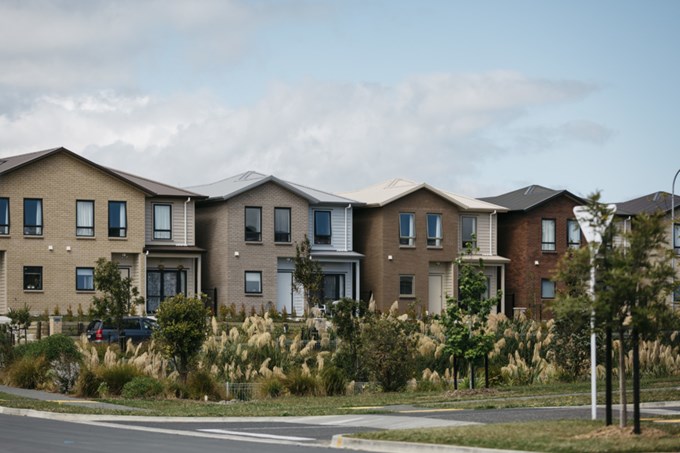It won’t be a surprise to Aucklanders that Auckland’s housing has been deemed unaffordable in an international comparison of housing affordability.
Demographia’s 12th annual report compares the housing markets of 87 major cities across nine countries with a population greater than one million people. What the study shows that housing supply and affordability are ongoing challenges for many thriving cities worldwide.
Auckland is no exception, with its growing economy, strong job market and pleasant live style many people want to come and live here. Our population is forecast to grow by one million people over the next 30 years.
But it isn’t just a population boom that drives house prices there are many factors at play. Land supply, the cost of building materials, immigration and lending rates and the allocation of infrastructure all contribute. There is no one quick fix and the council is working hard in the areas we can influence.
The Housing Accord
The Auckland Housing Accord has a target of consenting 39,000 new homes by the end of September 2016. The council exceeded the two-year combined Housing Accord target of 22,000 new sections created and dwellings issued with building consents by 1,806. It also created 106 Special Housing Areas (SHAs) where fast-track consenting can take place.
Jim Quinn, Chief of Strategy, says “In the last two years alone, through the Housing Accord and Special Housing Areas Act (HASHAA), Auckland Council has released around 1700 hectares of land that would not have been able to be built on for several years without SHAs.
"In the usual development cycle, large developments similar to the scale of those in SHAs take around five years or more to complete. It is important for people to understand that council doesn’t build houses. Rather, developers build houses and our role is to support them where our processes allow us.”
During the current earthworks season, which began on 1 October 2015, Auckland Council expects to see around 1000 hectares of land in SHAs undergoing work in preparation for the building of new homes.
The Unitary Plan
One of the key goals of the Proposed Auckland Unitary Plan (PAUP) is to ensure Auckland is well prepared for its expected future growth. In order to achieve a compact urban form and support efficient use of infrastructure, including public transport, the council has proposed a preliminary position on residential zoning to be put before the Auckland Unitary Plan Independent Hearings Panel.
The proposed changes include increasing the mixed housing urban zoning to allow Aucklanders to build more housing generally up to three stories in areas close to town centres and along frequent transport networks.
It also means a greater range of housing choices can be provided – such as terraced houses to three-level apartments - leading to the availability of more affordable housing. The Unitary Plan has clear guidelines and significantly raises the standard of the quality of design the council expects of any new development.
Five by 2030
Auckland Council has a number of positive initiatives underway to help steer housing affordability in the right direction.’ Five by 2030’ target as a housing affordability goal. The target aims to peg back the median house price to five times the median household income.
Some of the areas identified that will help us reach ‘Five by 2030’ include
- refreshing the Auckland Plan to include ‘Five by 2030’ as a housing affordability target
- the Future Urban Land Supply Strategy, which makes ready 11,000 hectares of greenfield land available for residential development.
- the establishment of Panuku Development Auckland to boost residential and commercial development of council-owned land.
The council is also focusing on areas where we can reduce costs and risks to developers, improve building productivity, infrastructure and increase the supply of cheaper attached dwellings.


